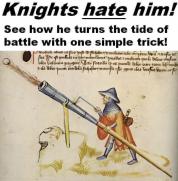I need a bit of help here from you high level shooters. I don't think this is the kind of thing you go to an open enrollment class to learn. I think maybe this needs to be one of those coach's eye type things, but I'll start here and hopefully y'all can point me in the right direction.
I'm to the point where my accuracy is pretty good and consistent as long as there's no time constraint. My 25yd B8's are mid-90's or better on-demand, Averaging 3.5" groups. (example):
I shot dot torture at 7yds today. I only had 47 rounds left on me, so I left 3 shots out of the #1 (5 slow fire) and I shot 45/47. So again, not perfect, but respectable:
But when I try to turn on the speed and shoot under time the wheels completely fall off.
I tried to shoot Gabe's test yesterday. No concealment, just my Beretta from an OWB holster and sucked ass. Like, dropped 3/6 shots on both Bill runs and even then the times weren't that fast.
Then today I shot the GM test in DOTW and sucked that up pretty good too.
The problem is I don't really know where/how to begin increasing speed while maintaining accuracy other than to run until the wheels fall off and try to slow it down. That's what we did in Gabe's class. However, since Gabe's class my accuracy has increased (like ability to shoot small groups slowfire), but I can't seem to maintain it at speed. Am I falling apart on trigger control at speed? Am I not seeing the sights? Grip?
How do I diagnose which thing it is and what are some ways to progressively improve without going all the way back into "Safe, 100% hits, but slow AF" mode?








 Reply With Quote
Reply With Quote



